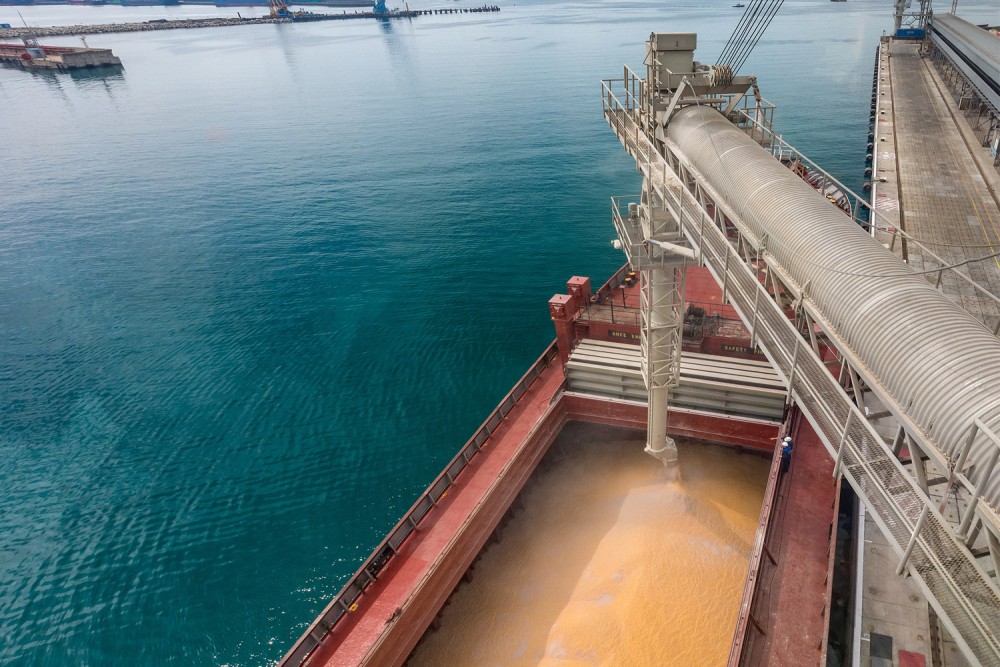Grain for the world
Russia’s actions are threatening millions of African people with starvation. The US can help.

(Photo by Ivan Studenov / Creative Commons)
On July 17, Russia withdrew from a UN-negotiated deal that would allow Ukraine, the world’s fifth-largest producer of grain, to continue to ship grain out of its Black Sea ports. Russia made it clear that it would consider any Ukrainian ship on the Black Sea fair game for missile strikes, and it started bombing Ukrainian grain infrastructure in Odesa and the Danube river port, including silos full of grain.
The result is the threat of food shortages, especially in Africa. Shashwat Saraf, regional emergency director for East Africa at the International Rescue Committee, called for a long-term extension to the deal to create “predictability and stability” for the region, which has lost vast amounts of crops to drought and floods. Saraf noted that 80 percent of East Africa’s grain comes from Russia and Ukraine, that food prices in the region have gone up almost 40 percent this year, and that 50 million East Africans face hunger.
Russia has reassured its African allies and others that it will replace the missing grain itself, in a one-off show of good will. And indeed, Russia has been busy shoring up alternative trading routes for grain, primarily through the Caspian Sea.




